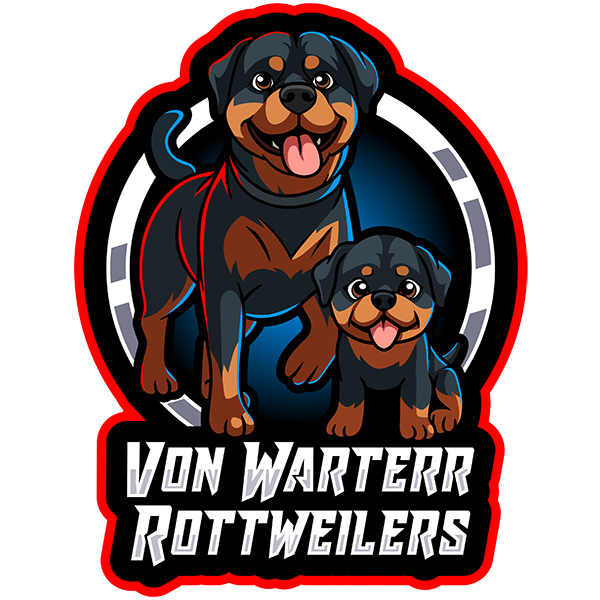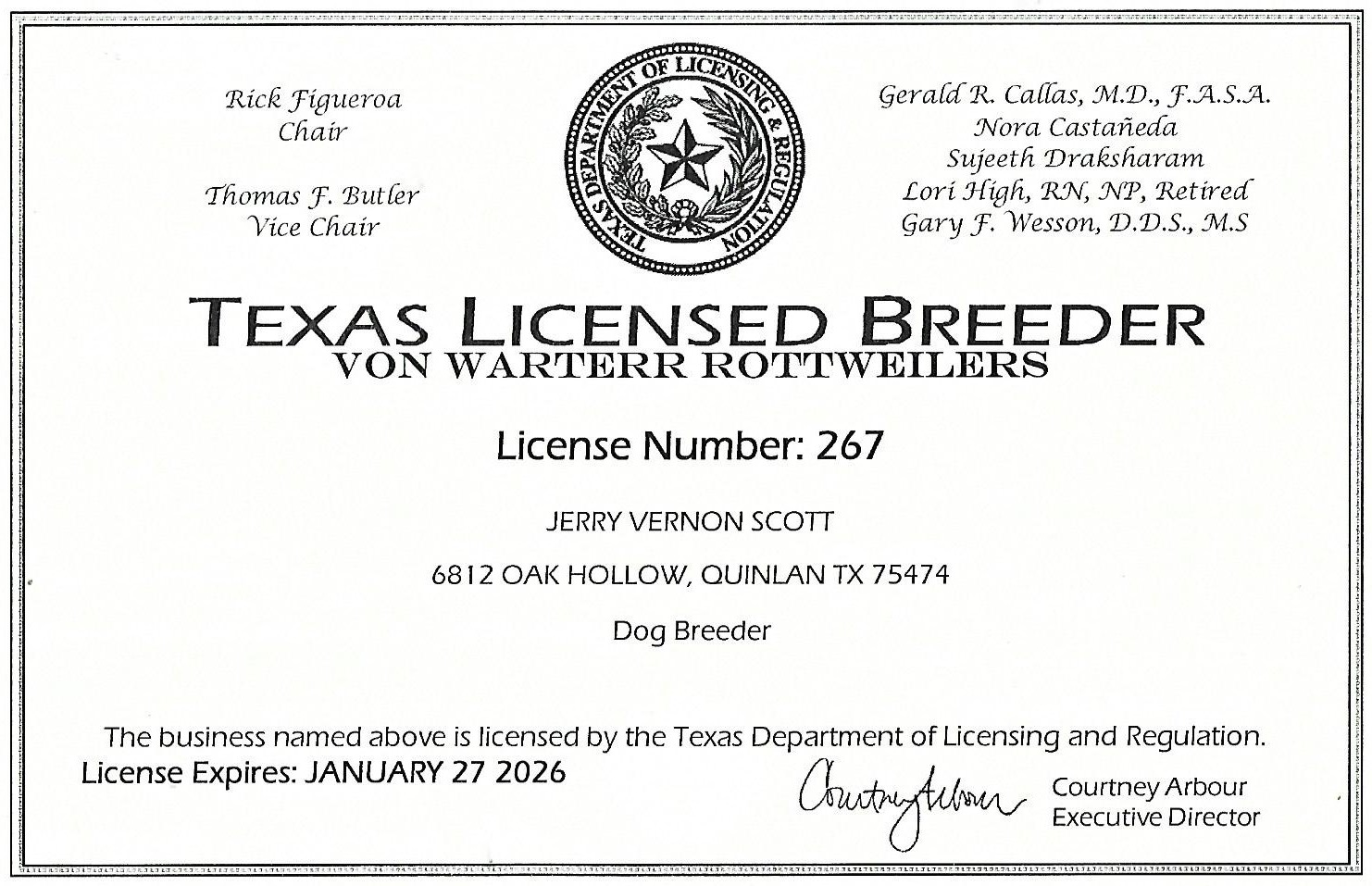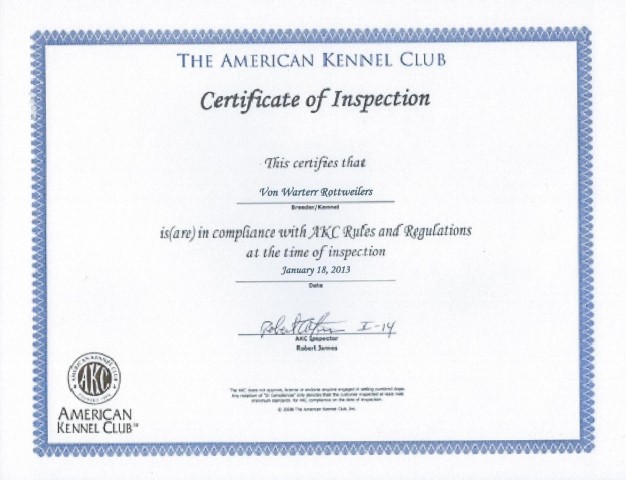Article 5 - Choosing A Puppy: Testing the Temperament
Posted on April 11th, 2015
Article 5 - Choosing a Puppy - Testing the Temperament cont'd
In our last article we discussed "Choosing a Puppy: Which One Is Right for Me?" We talked about evaluating four aspects of the puppy so far: physical health, correct structure, proper cosmetics, and breed type. Now, we want to address the most important factor when choosing a puppy, and that is sound temperament. It matters not how beautiful a dog is if he or she has an unstable temperament. You will want to observe each potential puppy's temperament both with and without their littermates.
Begin by discussing with the breeder what he has observed in regard to each puppy's temperament. You will want to ask the breeder where each puppy fits in the pecking order. Each pup's place in the hierarchy of the litter will exhibit different personality traits. You need to ask yourself if you can handle something at the top of the pack. Do you want an alpha or beta dog, or is something towards the middle of the pack's pecking order better suited for you? This is a personal matter. Regardless, you should probably avoid any overly shy puppies.
By this time in the evaluation process, you should have eliminated enough of the pups in the litter that you are down to choosing between 2-4 pups. I recommend that you take each pup away from his familiar surroundings and put him through a standardized puppy temperament test. There are various tests that you can use. A widely accepted battery of tests is known as the Volhard Puppy Aptitude Test. We have used it for several years in our kennel and are quite satisfied with the findings. You can easily obtain a copy of this recommended test by doing a simple internet search.
The time from birth through 7 weeks is critical to sound temperament development. This is known as the canine socialization period. A puppy should not be taken away from its littermates (except for brief periods of time) and should maintain contact with the dam. The dam plays a vital role in the pup's life during this stage, as she provides early discipline and training. Littermates also play an important role in each pup learning how to properly interact with others of their species. A pup that is removed from its dam or litter too early will not develop proper temperament toward other dogs and later will exhibit behavioral problems of being either overly aggressive or overly submissive when encountering other dogs.
The next critical stage in a puppy's temperament development is ages 8 weeks through 12 weeks. This is often referred to as the human socialization period. During this span of time, the puppy establishes its strongest bonds. If left with its dam and littermates during this period, the puppy will develop a pack mentality and not
bond as well with human beings. If placed in a loving home with daily human interaction during this period, the puppy will be much more likely to develop a human-dog bond and be more trusting of people. With the Rottweiler breed, it is absolutely imperative that your puppy receives early and ongoing socialization with people! It is best to take your new puppy home between 8 and 9 weeks of age and avoid any breeder or kennel where litters do not receive a lot of human interaction from birth.
Along with the Volhard Puppy Aptitude Test, I also recommend a hands-on temperament test. To administer this test, slowly, gently and securely turn the puppy over on its back and cradle it like a baby in your arms and against your body. Make sure the puppy feels safe and secure in how you are holding it so that what you observe in this evaluation is actually the puppy's temperament traits and not a fear of falling. What I want to see when I perform this test is a puppy that is confident and strong in nerves. I want him to show a level of relaxing and a maintaining of looking me in the eyes. When evaluating structure on the exhibition table, this is also a good time to check the puppy's confidence level while on a raised platform. Most puppies will be unsure if it is their first time on the table. Other signs that I may observe which would give me some concern are:
Lack of confidence, insecurity
It is not unusual for a puppy to hold on to your wrists when you are turning him over but if he continues to hold on after he is being held in a secure position then he is probably a puppy that is insecure and lacks confidence. These pups oftentimes grow up to become dogs who are unsure of themselves when brought to an unfamiliar environment and tend to shut down. At home they will stack out well and perform, but in the show ring they will not present themselves in the same fashion.
Fear
A puppy who lacks nerve and is fearful will usually be wide-eyed during this test. If you tip them down head first while securely holding them you will usually see the white of their eyes and their fear will be obvious. To confirm that the puppy has fear issues, you can further test them in regards to their sound-sensitivity. These pups will usually whimper and cry when startled. They will take flight if possible. Fearful pups should be avoided because they will probably mature into a dog who has an exaggerated response when startled. They can even become what is known as a fear-biter.
Aggression
An aggressive puppy will not let you hold it on its back regardless of how much you try to get it to relax. He may even claw and bite at you to free himself. Now, this is not necessarily a negative trait, but one you should be aware of because it is a sign of genetic temperament traits. This pup may prove to have very good temperament for dog sport, but not for an inexperienced home with small children.
Shyness
A puppy who turns its head to the side and will not look you in the eye is possibly a shy puppy. It is not aggressive in nature but practices avoidance. These pups do not bond well. They remain detached in their relationships and prefer to be alone even if in a room with people. They do not show much personality and act as "dead heads."
Independence
The independent pup is not the same as the shy pup, but he, too, usually avoids eye contact in this test. He is not fearful but sometimes shows aggression. This dog can be a real challenge when it comes to training because he has a mind of his own. However, if a person is an experienced trainer and has a lot of time to devote to the bonding process, this can be a good dog. He will tend to be a "one-man" dog.
When evaluating puppy temperament, you not only want to test mental aptitude and genetic behaviors but also check their energy, focus, and drive. Watch the individual pups as they play with their littermates. Some seem to tire quickly and others are like the Energizer Bunny that just keeps going and going and going. They will continue to bite and tackle their littermates even after the others have quit playing. Some pups lack energy. This may just be age or could be a sign of health issues such as being anemic due to in internal parasites. Some pups just don't have very good drives. They do not have that internal switch that makes it almost where they cannot help themselves. They just have to chase that moving object whether it is a leaf blowing in the wind, a ball that has been rolled, or a littermate running away from them.
You definitely want to do some ball work with the puppy to test his prey drive. Ideally, I want a puppy to retrieve instinctively, but would also consider one that can learn very quickly to return with the ball. I also recommend a cloth on a string or stick to see how he goes after it, and for how long. Pups have a short attention
span, but I want to find one that can focus longer than others. The ability to focus will be very important in the training process. I also want to test how quickly I can get the pup to refocus after he gets bored or distracted.
The ability to maintain focus goes hand-in-hand, or should I say paw-in-paw, with the temperament trait of determination and problem solving. I like to put an object under a plastic bowl, or put a ball behind something but still visible, and watch the puppy work and try to figure out how to get it. How long will he try? Will he bark at it? How creative are his attempts? Will he lose interest but then come back again or does he forget that it is there when distracted by something else? I also want to test the puppy's strength of recovery. How does he respond and recover when startled by a loud noise. How does he recover from correction?
I have in no way exhausted the subject of temperament testing, but hopefully we have at least given you some helpful ideas that you can use in selecting your next puppy.


